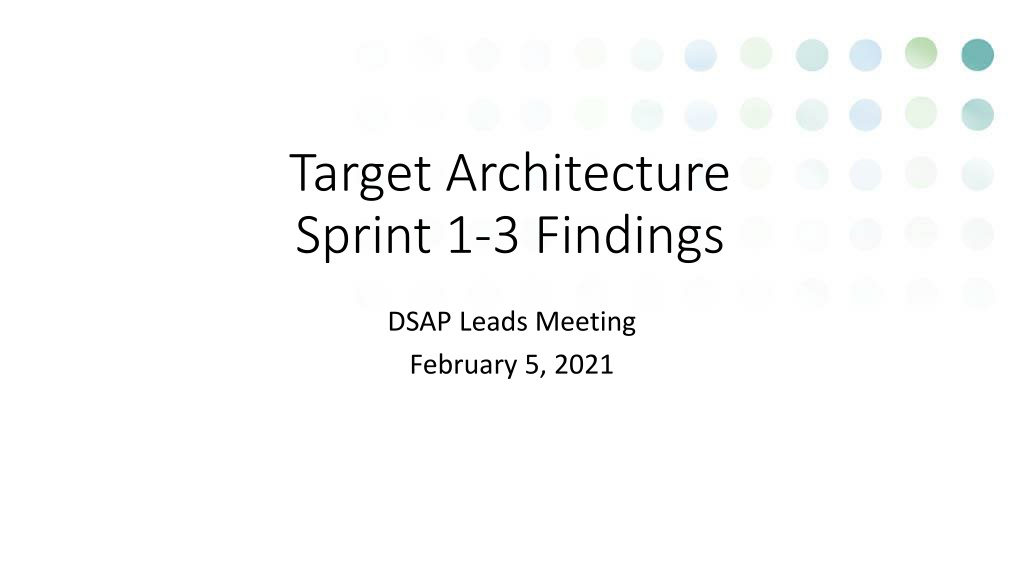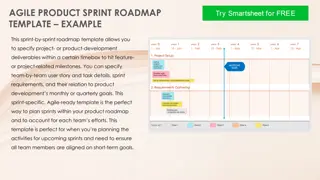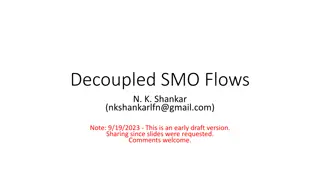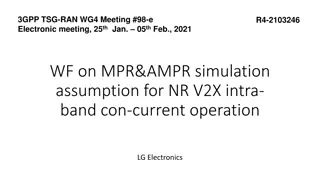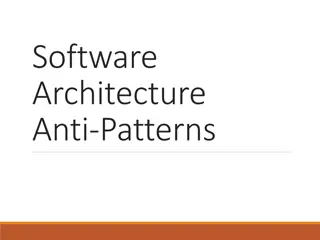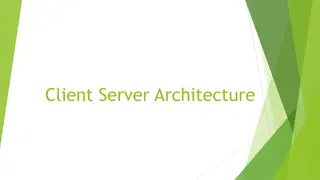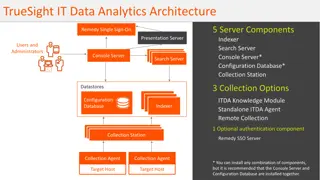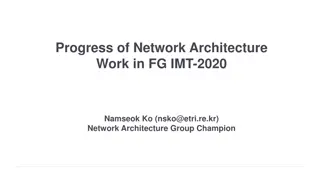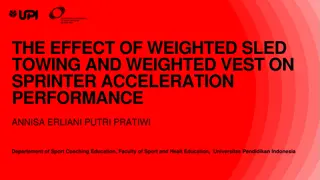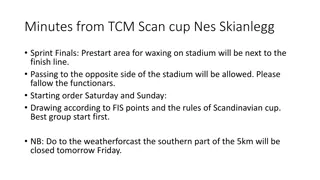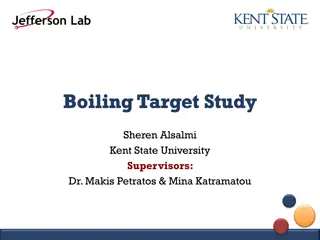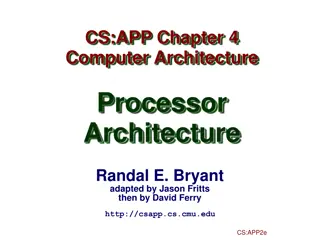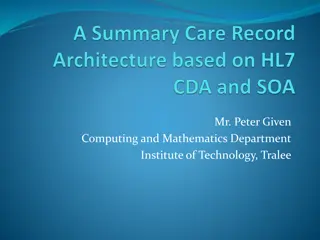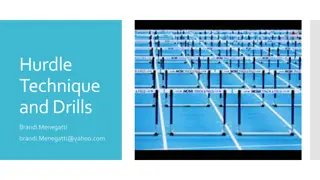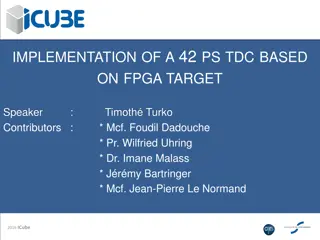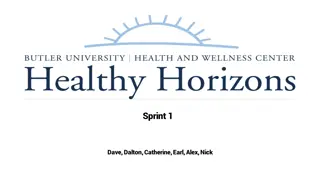Target Architecture Sprint 1-3 Findings
This summary covers the outcomes of sprints 1-3 regarding Target Architecture. It includes insights from key stakeholders, overall themes, user design recommendations, and next steps discussed during the sprint meetings. Findings show strong support for the Technology Library concept and the need for a clear statement of purpose and scope. The sprint objectives, participants, actions taken, and focus group outcomes are elaborated in this summary.
Download Presentation

Please find below an Image/Link to download the presentation.
The content on the website is provided AS IS for your information and personal use only. It may not be sold, licensed, or shared on other websites without obtaining consent from the author.If you encounter any issues during the download, it is possible that the publisher has removed the file from their server.
You are allowed to download the files provided on this website for personal or commercial use, subject to the condition that they are used lawfully. All files are the property of their respective owners.
The content on the website is provided AS IS for your information and personal use only. It may not be sold, licensed, or shared on other websites without obtaining consent from the author.
E N D
Presentation Transcript
Target Architecture Sprint 1-3 Findings DSAP Leads Meeting February 5, 2021
Purpose Summarize Sprint 1-3 interview results Summarize Overall Themes And User Design Recommendations Discuss Next Steps
Sprint 1 Objective & Participants Objective: Conduct interviews with key stakeholders to obtain their initial input on the Target Architecture. Participants: Dalroy Ward, EPA OMS Steve Fine, EPA Office of Air and Radiation Kari Hedin, Fond du Lac Band of Lake Superior Chippewa Joe Carioti, EPA OMS Henry Perillo, EPA OMS (3-month EPA experience) Sarah Harrison, EPA Office of Air and Radiation, Data Analyst, (1 year EPA experience) Stephen Forrest, Montana
Sprint 1 Findings/Actions Changed Name to Technology Library Laid out content using a template with consistent headings organized by personas for use in focus groups o Managers Overall plain language description o Mission Staff Benefits Gained by the Concept o System Owners Case Examples and Overarching Tools o System Developers Architectures, Frameworks, Reusable Components Developed a goal statement Draft: Provide a library of best practices and modern IT techniques for IT system owners and developers Identified the questions and approach for focus groups based on initial feedback
Sprint 2-3 Participants Presentation to 20 Regional Exchange Network Coordinators Conducted three Focus Groups: Eric Cleckler, Alabama (Supervisor) Greg Overtoom, Indiana (Lead Data Integrator, Land Management) Stephen Forrest, Montana (CIO DEQ) Brandon Burnett, Iowa (Supervisor) Matt Plathe, Iowa (System developer SDWIS and other systems)
Findings Overall strong support for the concept and immediate understanding of how the Technology Library could benefit their jobs Participants provided excellent design questions and insights Need clear statement of the library s purpose, context and intention, which in turn will establish what content should be included for different audiences o What is in scope and out of scope? Code repository is out of scope
Participants Information Needs/Questions How do I exchange data? (most technical specifications are already available (e.g., how to build an API) need to focus on how to exchange data or work with an existing EN tool.) What is EPA doing in a specific technology area that states and tribes will need to interact with? What is EPA s direction for its major systems e.g., SDWIS? What are best practices and instructions for connecting to and using the system? Who has had success in a particular technology area that I can learn from? Where has technology been successfully applied? What are best practices? What are other states doing in a particular area, such as APIs? How do I get or share xx data? How do I get started with the Exchange Network?
Findings (cont.) Retain use of personas different content for different skills/levels of technical understanding Need a business context to help guide search reflect what business activities a user is performing (e.g., exchanging water data, updating SDWIS APIs) Need strong search and tagging to allow quick access to what users seek Need commitment and processes to obtain, curate, maintain and govern the information in the Technology Library: A process to obtain timely information from partners (including EPA) A process to make sure the content remains current and usable Need an easily accessible platform/location Look at EECIP as a model/potential partner Address the internal EPA architecture needs as well as those of E-Enterprise partners
Next Steps Continue to build out available content Evaluate options to integrate with/build off EECIP Coordinate with ECOS to evaluate the feasibility of leveraging EECIP as the location for the Technology Library based on: o Proposed architecture o Technical requirements o Resource needed to build/maintain the site Develop a Business Case Clear case and approach to gain approval from CIO Clear plan with roles/responsibilities for proceeding
